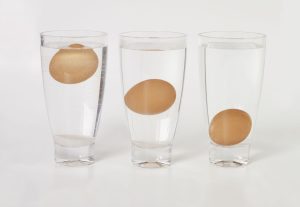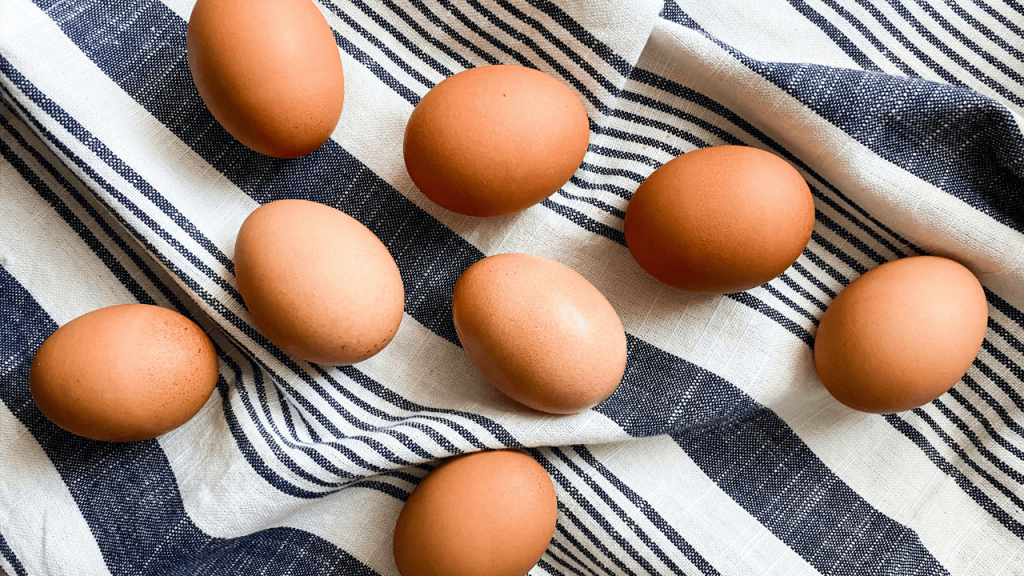Eggs are a staple in many households, serving as a versatile and nutritious ingredient in countless recipes. To truly savour the benefits of this culinary gem, it’s essential to ensure that the eggs you use are fresh. Fortunately, there are several straightforward methods you can employ to determine the freshness of your eggs.
The Float Test

One of the most reliable methods to test egg freshness is the float test. Fill a bowl with water and gently place an egg into it. If the egg sinks and lays flat on the bottom, it’s fresh and safe to eat. As an egg ages, the air cell inside grows larger, causing it to become buoyant (floatable). If the egg stands upright on the bottom or tilts slightly, it’s still safe to consume but best used for hard-boiling or baking. You may still fry the egg but the yolk will no longer be in a round, plump shape, instead the yolk will spread. If the egg floats completely, it’s best to get rid of it!
The Odour Test
As eggs age, they release sulfur gases, which contribute to an unpleasant odour. To perform the odour test, simply crack the egg into a bowl and sniff. A fresh egg will have little to no noticeable smell, while an older egg will emit a distinct sulfuric odour. If you detect an off-putting smell, it’s best to discard the egg.
The Shake Test
Give the egg a gentle shake near your ear. Fresh eggs will make little to no sound, indicating a small air cell. Older eggs will produce a noticeable sloshing sound due to the larger air cell created as the egg ages. While the shake test doesn’t offer the same precision as the float test, it can still provide valuable insights into an egg’s freshness.
The Crack Test
Cracking an egg onto a flat surface is another method to gauge freshness. A fresh egg will have a thick, viscous egg white that barely spreads, while the yolk should be plump and rounded. If the egg white spreads widely and the yolk appears flat, the egg is ageing.
Ensuring the freshness of your eggs is a crucial step in maintaining both the taste and safety of the dishes you create, let’s face it nobody wants to get food poisoning because of an ageing or bad egg! By utilising methods like the float test, shake test, crack test, and odour test, you can easily determine the freshness of your eggs before incorporating them into your dishes. Remember that the float test is generally the most reliable indicator. With these simple techniques at your disposal, you can confidently enjoy the benefits of fresh eggs in your kitchen endeavours.
ALSO SEE: A cooking time guide for the perfect boiled eggs
Written by Maegan-Leigh Jacobs
Feature image: Unsplash

